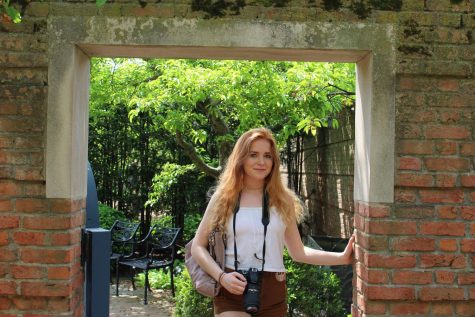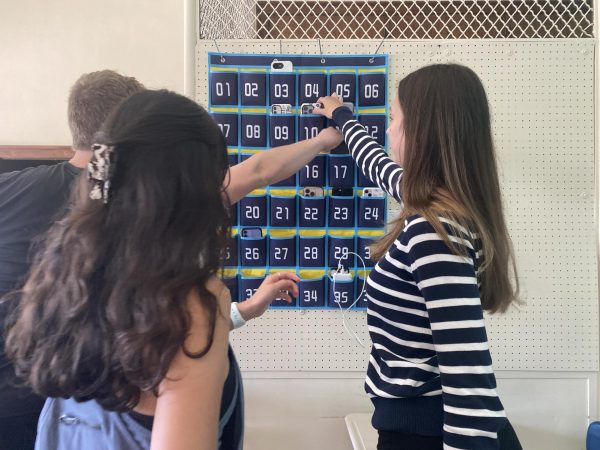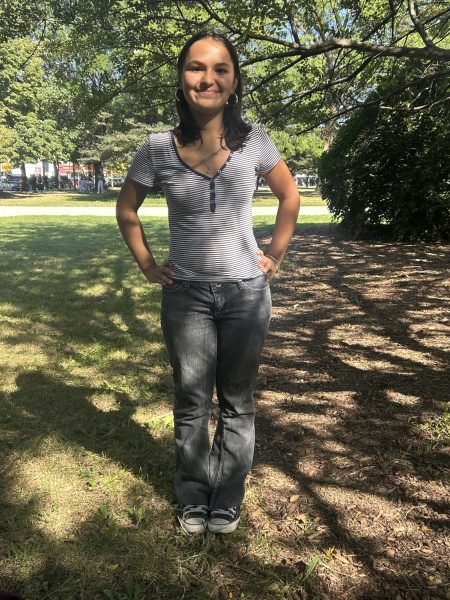The Chicago river is bouncing back
It stretches 156 miles, runs right by Lane, and offers a better quality of life for humans, animals, and plants; the Chicago River is bouncing back.
Many people may only associate the Chicago River with the newly developed Riverwalk downtown, but it also serves as a home for diverse wildlife and as a place to participate in activities such as rowing and canoeing.
Aidan Lallas, Div. 879, rowed for the Lane rowing team along the river from 6th grade to sophomore year.
“I definitely wouldn’t have met a lot of the friends I still have now, so I think that the Chicago River in that sense has been a good thing for me,” Lallas said. “It was a fun social experience, but there was a lot of inter-team competitiveness. People would fight over who would be in what boat and being in a top boat is really good; you’re like ‘the king.’”
Lallas said that the murky, dark color of the river has lightened over the years. When rowing during her sophomore year, Lallas said that if the water touched someone’s skin, Neosporin would have to be applied right away.
In the past twenty years, numerous organizations, such as Friends of the Chicago River, have been working to clean and reverse the pollution of the river’s water that resulted from the river being used as a wasteland for trash. “Bacteria-laden sewage and runoff” has leaked into the river as the result of over-flown pipes, according to a Chicago Tribune article published in June 2017.
Ms. Glawe, a math teacher and soccer coach, associates the Chicago River with a positive connotation.
“Some people take it negatively because they think it’s very dirty, but I have done work with it so I know that that is actually not the case,” Glawe said.
She has participated in activities to evaluate the current water quality and clean along different sites on the Chicago River.
“I did a four day program where we basically measured a whole bunch of different things: the ecosystem, water levels, and the cleanliness of the water,” Glawe said. “Basically we have concluded that it is not that bad and they [Friends of the Chicago River] are doing a bunch of different things to improve the quality of the water as well.”
Glawe believes that without the river, the city of Chicago wouldn’t be the same.
“I think it adds a whole other impact to our city than just being a structural area,” Glawe said. “It just adds a very different unique part to it and not only does it help us function as a city, but it adds a whole different impact and value to the city and makes it a lot prettier than many other cities. Everything is built around the river because it is how they use to trade goods back in the day and it makes our city what it is today.”
Glawe is optimistic when looking at the Chicago River’s future.
“I really do hope that one day people will be able to swim in it and enjoy it and there won’t be that negative connotation of it being gross like it used to be, and definitely seeing a lot more wild life come back; that’s my biggest thing for sure,” she said.
By attending the 21st Annual Chicago River Student Congress at Taft High School on Saturday, Feb. 24 from 8:30 am- 1:00 pm, students can start positively impacting and becoming aware of how much the Chicago River affects the Lane community.
This event will bring together students from city, suburban, public and private schools to share their accomplishments within the Chicago River through workshops and displays to highlight the crucial role the river plays in our community.
Your donations directly fund the Lane Tech student journalism program—covering essential costs like website hosting and technology not supported by our school or district. Your generosity empowers our student reporters to investigate, write, and publish impactful stories that matter to our school community.
This website is more than a publishing platform—it's an archive, a research tool, and a source of truth. Every dollar helps us preserve and grow this resource so future students can learn from and build on the work being done today.
Thank you for supporting the next generation of journalists at Lane Tech College Prep!

Emma Loew is a talented photographer who attends Lane Tech and is taking Journalism. She enjoys taking photos of her friends and family, scenic pictures/nature,...



